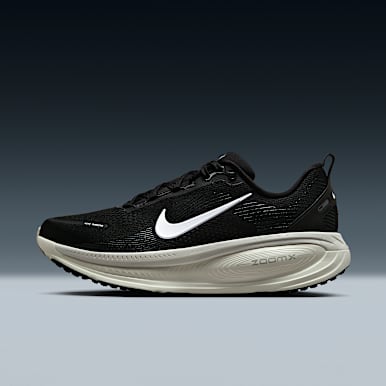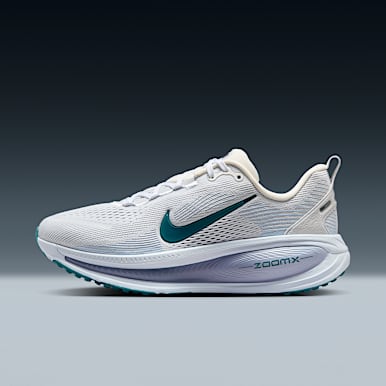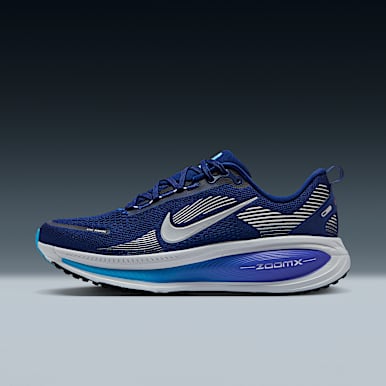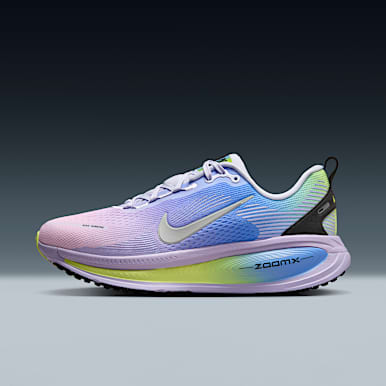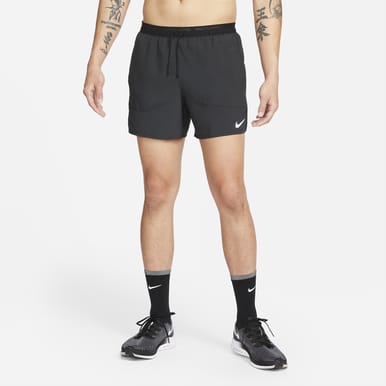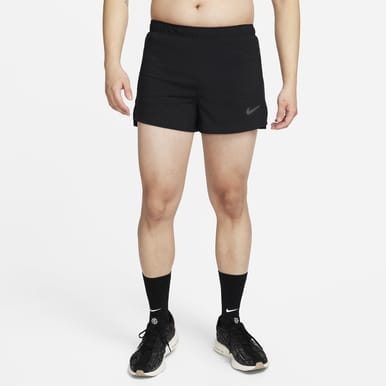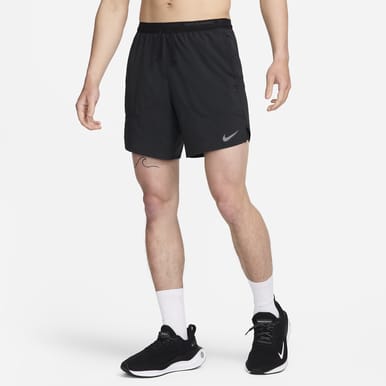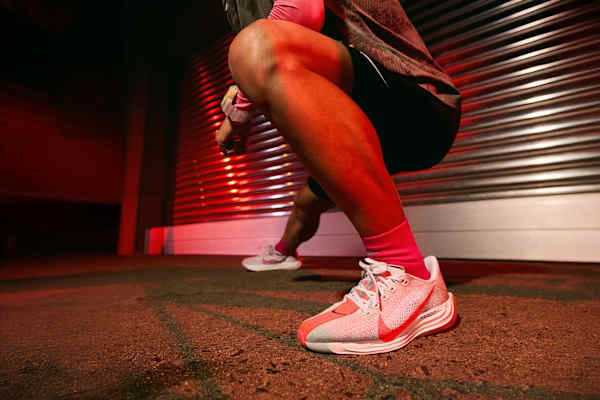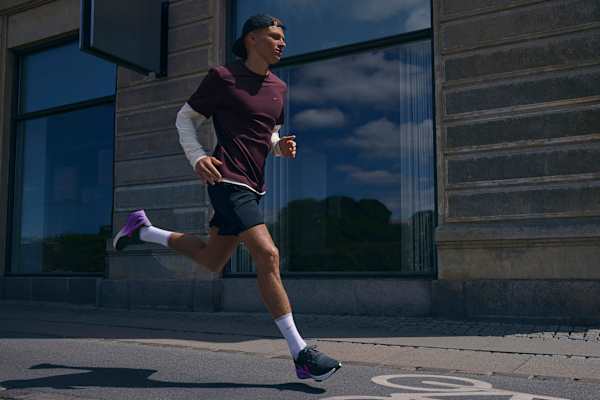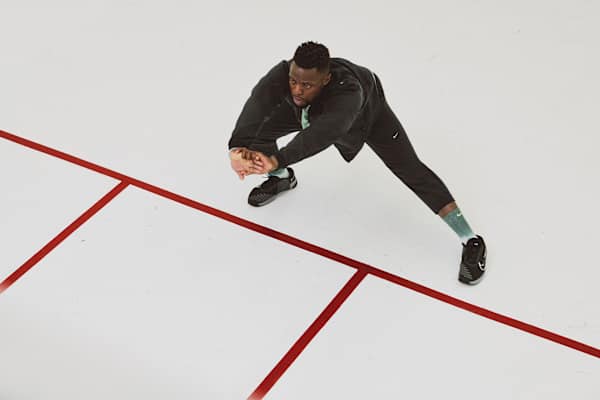Can your legs get stronger from running?
Activity
Running does more for your body than you may think.
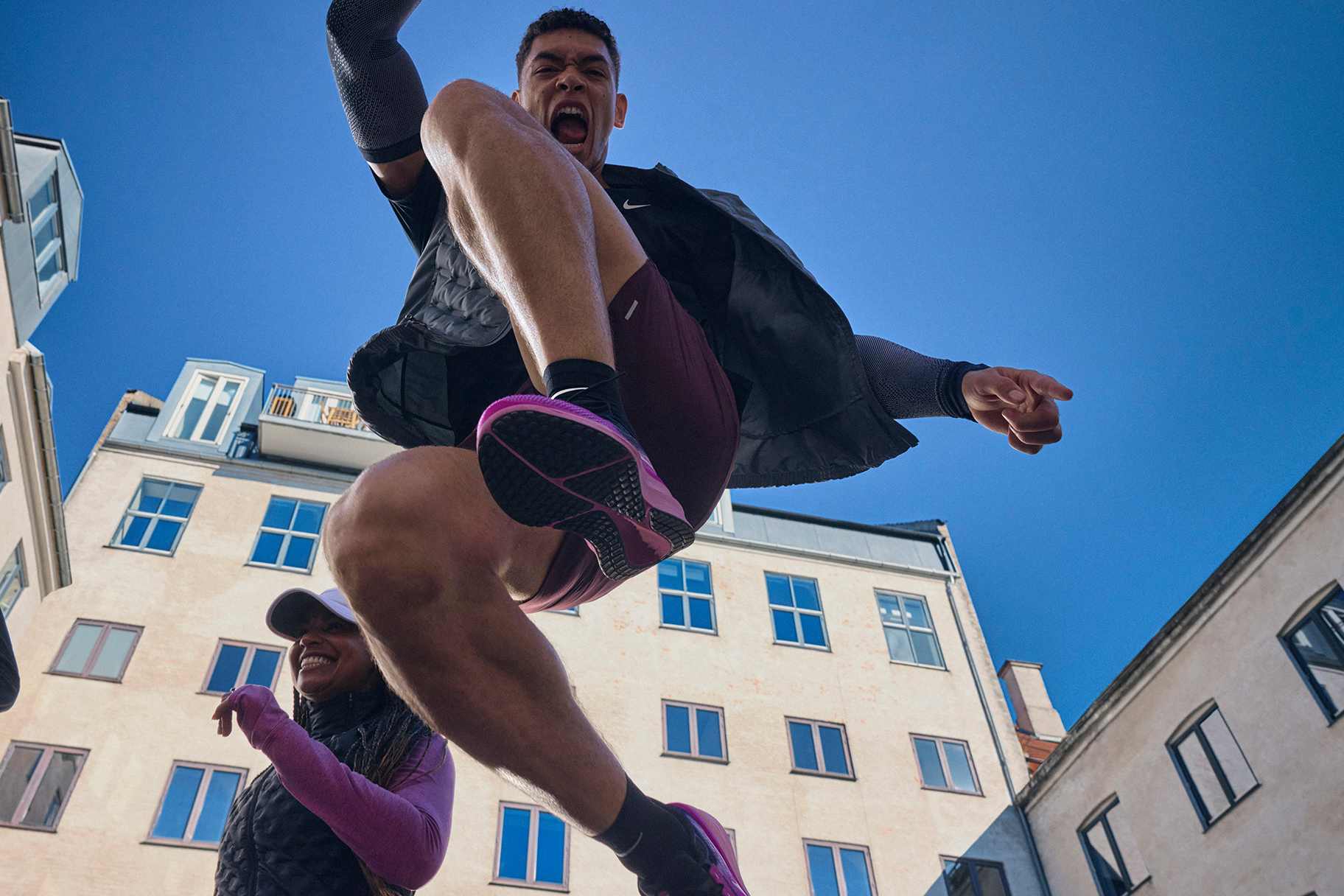
If you're looking to strengthen your leg muscles, resistance training is your best bet. Weighted squats, lunges and hip thrusts are all great moves to target your lower body. But what if we told you running can also help make your leg muscles stronger?
"Running makes your legs stronger specifically by working the muscles that cross the hip, knee and ankle joints", says Kaleigh Ray, ACSM-certified exercise physiologist and running biomechanist at Treadmill Review Guru. "These muscles include the iliopsoas, glutes, quadriceps, hamstrings, calves and tibialis anterior".
How do muscles get stronger—and what are the types of strength?
In order to build muscle, you need to expose your body to a new and challenging stimulus, according to the overload principle. The stressor causes a breakdown in muscle fibres called muscle protein breakdown (MPB). Then, during the healing process, known as muscle protein synthesis (MPS), the muscle fibres grow back stronger with the help of proper nutrition.
Ray says there are three things that need to happen for muscles to grow bigger and stronger: Hypertrophy (increase in the size of a muscle), remodelling (progressively changing your workout programme) and neuromuscular adaptations (improving communication between the muscles and nervous system).
But it's also important to understand the difference between hypertrophy and building strength. "While the two are closely related, they don't mean the same thing", Ray says. "Hypertrophy, or muscle growth, aligns more with an aesthetic goal, but it can be detrimental to running, as more mass can decrease your running speed", she says. "However, focusing on building strength can increase your muscle mass and performance more efficiently—without adding a ton of mass".
This isn't to say you should be afraid to put on muscle as you train, in fact, it will probably happen naturally.
How to strengthen different types of muscle fibres
Depending on the type of stress, like sprints versus a long run, you can further enhance the type of muscle fibres that respond to the stimulus. For context, there are two main types of skeletal muscle fibres: slow twitch (type 1 muscle fibres) and fast twitch (type 2 muscle fibres). Slow-twitch muscle fibres are more resistant to fatigue and produce a low and slow force, whereas fast-twitch muscles fatigue a bit more easily but produce a quicker, more powerful force.
When you go for a long run, your slow-twitch muscle fibres help to sustain your pace throughout the miles. But when you do something a bit quicker, like sprint intervals, your fast-twitch muscle fibres are recruited. All of the muscles in your legs contain a mix of both types of muscle fibres, so your training programme should, ideally, include both endurance runs and speed sessions to build strength and increase your fitness.
"Running at a challenging speed places high demands on your muscles, requiring them to become more efficient at producing a higher force", Ray says. "Whereas running for a long period of time requires your muscles to become more fatigue-resistant, or able to produce a set force repeatedly". And both types of workouts are essential for improving muscular strength and endurance.
Typically, in a beginner's running programme, the first focus will be on developing a strong baseline for endurance. Start by running at a comfortable, low-intensity pace several days a week before introducing speed workouts. That way, your body has a better chance of withstanding the additional impact and lowers the risk of injury.
Next, follow the progressive overload principle: gradually introduce fresh challenges to encourage ongoing strengthening in your muscles. After all, your body will adapt to the current load, meaning your performance won't improve until you begin to increase the intensity, volume and frequency of your runs. Meanwhile, introducing a strength-training programme before adding in Tempo Runs and intervals can help with injury prevention.
5 muscle groups running targets
"Of the many muscles running workouts target, there are five main ones you recruit", explains Colin Morrow, ACE-CPT, NASM-CES, senior fitness manager and TRX training specialist at The Edge Fitness Clubs.
"By incorporating varied terrains and intensities into your running routine, you can stimulate these muscles effectively, leading to improved strength and endurance over time", he says.
- Quadriceps (thigh muscles)
"Quadriceps are essential for knee extension", he says. "These muscles are heavily involved during the push-off phase of running". - Hamstrings (muscles at the back of the thigh)
"Hamstrings assist in knee flexion and hip extension, which is crucial for forward propulsion", Morrow says. - Glutes (muscles in your buttocks)
"Glutes help to stabilise the pelvis and aid in hip extension, providing the power needed for strong strides", he says. - Gastrocnemius and soleus (calf muscles)
"Calves help to facilitate ankle plantarflexion, which is important for push-off and generating forward momentum", Morrow says. - Hip flexors (upper thigh muscles)
"Hip flexors activate during the swing phase, which involves lifting the leg and enhancing stride length—key for progression in running", he says.
The best types of running workout to build muscle
After you establish an aerobic base, start incorporating speed sessions, strength training and long runs into your training plan. Not only will doing sprint intervals and resistance training once or twice a week help improve your athletic performance, but these two workouts combined will also help you strengthen the muscles in your legs.
Sprint workouts
Ray points out that sprinting recruits larger, fast-twitch muscles, also known as type II muscle fibres. "These muscle fibres are important for muscle growth because they are more prone to hypertrophy than type I fibres, which are typically used for endurance running", she says. "Research suggests that sprint workouts lead to muscle hypertrophy, even in trained athletes".
Long-distance runners can benefit from doing sprint workouts, too. "Alternating between high-intensity sprints and recovery periods enhances both muscle strength and cardiovascular fitness", Morrow says.
Uphill and downhill training
Both uphill and downhill intervals can help strengthen various muscles in your legs, the experts say. "Running uphill increases resistance, targeting the glutes, hamstrings and calves more intensely—all of which encourages muscle growth", Morrow says.
"But running downhill also can also make your leg muscles stronger", Ray says. Downhill running is an eccentric exercise, which allows your muscles to lengthen and, in part, prevent your body from being pulled down too fast by gravity.
"That places a high demand on the leg muscles, and it can lead to an increase in muscle soreness, fatigue and damage", Ray says. "However, runners can use downhill training in the appropriate dose to their advantage". She explains that the same mechanism that causes muscle damage also stimulates muscle growth.
Your move: gradually introduce more hilly road routes or trail runs into your training. "With trail running, uneven surfaces engage stabilising muscles and lower-leg muscles more deeply, providing an added challenge", Morrow says.
Long runs and strength training
Improving your endurance not only benefits your aerobic base—it also gives your leg muscles a boost.
"While many athletes are concerned with the 'interference effect', which suggests endurance training can hinder muscle growth from resistance training, current research suggests that doing both endurance and strength training yields better results", Ray says.
"As long as you continue to fuel properly, and eat enough protein daily, it's possible to increase your muscle mass even as mileage climbs", she says.
Additional tips to consider
Nutrition is an essential component of building muscle, with protein being the most important. The International Society of Sports Nutrition (ISSN) recommends athletes consume 1.4 to 2 grams of protein per kilogram of body weight per day for building and maintaining muscle mass.
"Long-distance runners can benefit from fuelling properly during their training runs to avoid using protein for fuel when their carbohydrate stores are low", Ray says. "More generally speaking, consuming adequate protein daily also supports muscle repair and growth", Morrow adds.
And don't forget about recovery. On the days following your interval training, make sure you give your body a break. There's a difference between active and passive recovery. Active recovery exercises include cycling, swimming or yoga—all of which help maintain range of motion in your joints but give your body time to heal and rebuild. Passive recovery entails resting without movement. It's OK to take a couple of days fully off. The key is to listen to your body and what it needs.
Sleep is also imperative for proper recovery from exercise. "Deep, restorative sleep is vital for muscle recovery and growth, helping your body bounce back after intense workouts", Morrow says. In fact, not getting enough quality shut-eye each night is associated with reduced muscle strength.
Words by Cheyenne Buckingham

